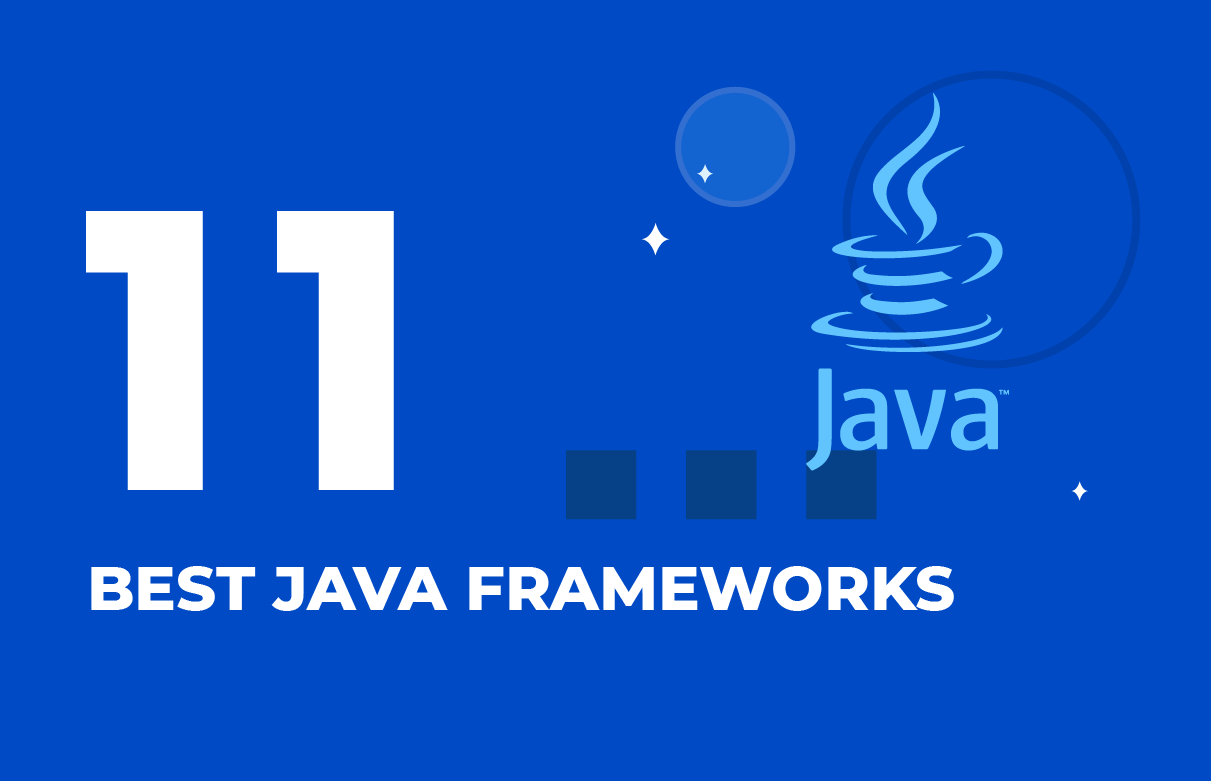The digital economy we live in enables businesses to leverage many software solutions for their daily operations. Hence, IT companies need to be able to support an ever-increasing number of applications, facing the challenge of delivering software releases faster.
This article talks about release management — a discipline whose importance in the software engineering cycle should not be underrated.
What Is a Release Management Process?
Software creation today is a dynamic process implying frequent deployments of new versions or updates.
To begin with, let’s define what a software release is.
- A release in software engineering can refer to a specific version of a fully fledged software product hitting the market.
- A release is also the process of delivering such a version to the end-user as a result of the software creation or modification process.
It is a complicated and responsible task to release a software version, and therefore should not simply be considered the last step of the software creation or modification process. To be effective, software updates should be thoroughly planned and controlled. This is where the management practice should come into play.
We can define a release management process as a combination of planning, scheduling and controlling of activities for software version creation/modification at all stages, from development and testing to deployment and maintenance.
RM is an emerging practice developing under the impact of DevOps, continuous integration, continuous delivery (CI/CD) and agile techniques. This practice ensures that the development team builds or upgrades software products according to specified demands, without affecting the integrity of the established business environment.
Leverage SaM Solutions’ decades-long expertise in IT to develop high-quality custom software for your business.
Software Development Life Cycle vs. Release Management
This article describes how to build the full software creation process from the standpoint of release management, so first, we need to describe how software is created using Software Development Life Cycle (SDLC) and what the role of RM is in the process.
The ultimate goal of SDLC is to outline how the software is created and describe common steps, artifacts and organizational standards. Implementing SDLC leads to software release and then to its maintenance, possibly starting over in order to bring the next version to the market.
The ultimate goal of RM is to help companies make necessary adjustments in software solutions by organizing the process from idea to production. Release management must be part of any successful SDLC and, if properly implemented, may initiate changes in the SDLC itself.
Other notable disciplines included in the SDLC are:
- requirements management
- change management
- risk management
- configuration management.
What Is Release Life Cycle Management?
Release life cycle management is a broader concept than that of release management. It implies end-to-end preparation and control starting with an idea and ending with the product’s end-of-life. All the details should be taken into account, and many of them may not even concern the code directly. These are tools, resources and infrastructure that you should review and prepare for a successful release.
More precisely, life cycle management aims to control compliance with the company’s policies and timelining, ensure troubleshooting, app release automation, and more. It all depends on the peculiarities of software in the pipeline and the working approach of your team.
Release Management Objectives and Benefits
The core objective of this practice is to ensure fast and low-risk software delivery and provide the base for governance in the dynamic and changing digital environment. To achieve this objective, release managers interact with Devs, Ops, test managers and other counterparts on a daily basis to:
- collect requirements
- assess and manage risks
- coordinate resources
- track the status of development phases
- ensure the compliance of business operations and software creation.
As a result, they can orchestrate a streamlined, standardized and well-documented process that software engineers will follow for all future releases within the company. Having such a process is an indicator of a company’s maturity and sustainability.
Many organizations dealing with systems development life cycle focus on RM, as it brings a range of tangible benefits.
- Higher productivity. Effective project management eliminates barriers between teams and improves their coordination. In such conditions, productivity grows because employees can easily communicate and complete tasks quicker.
- Reduced risks. When developers apply generated standards, accumulated experience and best practices, they significantly reduce the risks of a release failure. It’s possible to say that release management is a profitable investment in the future for software development companies.
- Improved quality. Again, seamless communication, thoroughly planned activities at all stages and the experience of previous releases reduce quality assurance issues. Better quality of the final product is a significant competitive advantage for all organizations.
- Shorter time to market. An established management pattern, eliminated errors and previous experience allow companies to deliver software faster, and do so repeatedly.
Release Management Cycle
The basic stages of a release management cycle are the same for all businesses regardless of their size. However, there may be additional substages and various details depending on companies’ unique processes, products, or services.

The sequence of steps in a release management cycle is as follows:
- Request for changes. When a real demand for changes or new features in software arises, a manager collects and evaluates requests. This is the point at which release management starts. It should be noted that not all requests can transform into a release: they should be feasible and of practical value.
- Planning. After the request is approved, the planning phase begins. At this crucial point, a manager defines the release structure and schedule that will guide the team and keep them on track according to requirements until they reach the finish line. The release plan should outline each team member’s responsibilities, the scope of work in chronological order, and the delivery dates.
- Implementation. At this stage, the code is actually written. Developers guided by the plan transform the initial requirements into an executable software product.
- Testing. The next step is to check the developed version with the help of functional and non-functional tests. If bugs are discovered, testers return the code to developers and they make adjustments. There can be numerous testing iterations until the version is approved.
- Deployment. At this moment, the software version goes live and becomes available to users. The instructions on how to leverage new features should also be created.
- Monitoring. The post-deployment period entails the monitoring and documenting of user stories or any issues that can further transform into new requests for changes and new releases.

Key Concepts of a Release Management Process
- Release pipeline — the process from software planning to its production
- Release value stream — the sequence of activities needed to add value across the pipeline and convert a business idea into a fully fledged solution
- Release policy — a set of documents containing rules and approaches that should be followed for the deployment of new versions
- Release template — a standardized workflow created according to the company’s policies and applicable to all software updates within this company
- Release plan — a pattern created for a specific update
- Deployment plan — a set of activities undertaken in order to deploy a created software version to live production
- Release unit — a combination of items that together represent one feature or function
- Release package — several units deployed together for certain reasons
- Major releases — significant changes to software or hardware; may include new functions and features that significantly impact the entire business environment
- Minor releases — frequent updates that are not critical
- Emergency releases — quick fixes for emergency issues
What Challenges Can Release Management Address?
First and foremost, release management solves the complex problem of continuous delivery of high-quality software in a dynamic business environment.
At lower levels, this practice helps:
- eliminate serious crashes during the development process, thus saving the company’s resources and reputation
- support the integrity of the existing environment and enhance it with new features
- avoid conflicts and misunderstandings among teams working together on the release.
Change Management vs. Release Management
The two concepts, change management and RM, are similar in that both deal with some changes in digital organizations. Still, they are not the same.
The ultimate goal of release management is to help a company make necessary changes in software solutions by organizing the process from idea to production. It should achieve the required result, causing as little disruption as possible while extending the software product. Activities such as planning, scheduling, testing and deploying are parts of RM.
Change management is a larger IT discipline. It is responsible for the adjustment of organizations/processes/products to certain changes; for example, it’s used to implement new technologies into business processes or extend the functionality of a previously developed software. Change management includes a wide range of methods and approaches that are used for the painless transformation of internal and external processes. They can be applied at various levels, depending on the type of change needed:
- Organizational — major transformations affecting the entire company
- Project-level — modifications concerning one or several projects and aiming to improve their workflow
- Individual — changes concerning the work of an individual person
Since digital transformation dictates the rules across industries, changes are inevitable for all companies, sooner or later. The practice of authorizing and controlling changes becomes a necessity because it helps people adapt to changes with minimum losses.



























 5 Reasons Why Your Business Needs a Mobile eCommerce Application
5 Reasons Why Your Business Needs a Mobile eCommerce Application Using Salesforce to Improve Your Sales Pipeline: Five Tips
Using Salesforce to Improve Your Sales Pipeline: Five Tips Cross-Platform Mobile Development: Five Best Frameworks
Cross-Platform Mobile Development: Five Best Frameworks How to Develop Custom Accounting Software
How to Develop Custom Accounting Software 10 Best Web Development Frameworks in 2024
10 Best Web Development Frameworks in 2024












 Why React and Node.js Are the Top Technologies for Creating High-Performance Web Apps in 2024
Why React and Node.js Are the Top Technologies for Creating High-Performance Web Apps in 2024 10 Best IoT Platforms for 2024
10 Best IoT Platforms for 2024 Top 20 Latest Trends in the Ecommerce Industry in 2024
Top 20 Latest Trends in the Ecommerce Industry in 2024 Top 10 Most Popular Programming Languages in 2024
Top 10 Most Popular Programming Languages in 2024
A release manager’s core responsibilities are to align development and business goals, mitigate risks throughout SDLC, meet deadlines, and support the communication between all teams involved.
What are the keys to successful release management? These are planning, automation, and testing. If something is not planned, you risk failing. If something is performed manually, your risk lagging behind the competition. If something is not tested properly, you risk losing clients.
Release management means a complete understanding of the entire software development process, from planning to post-production. In my opinion, coordination and communication during the whole life cycle are the pillars.
As a release manager, I can say that it’s a highly responsible and complicated role. You should possess both technical and soft skills to organize all the involved teams and software creation components into a single, seamless process.
As DevOps is gaining popularity, release management, as a part of the DevOps pipeline, should also become a standard practice in all software development companies.
By investing in release management, you invest in the future success of the outcome. A professional release manager can help a company avoid numerous issues. That’s why such specialists are in high demand.
Thank you for your own effort on this website. I enjoys doing internet research and it is simple to grasp why. Have fun with the remaining portion of the year. You are always performing a useful job.
In today’s agile digital environment, it’s crucial to establish a regular release cycle based on standards and automate as many processes as possible.